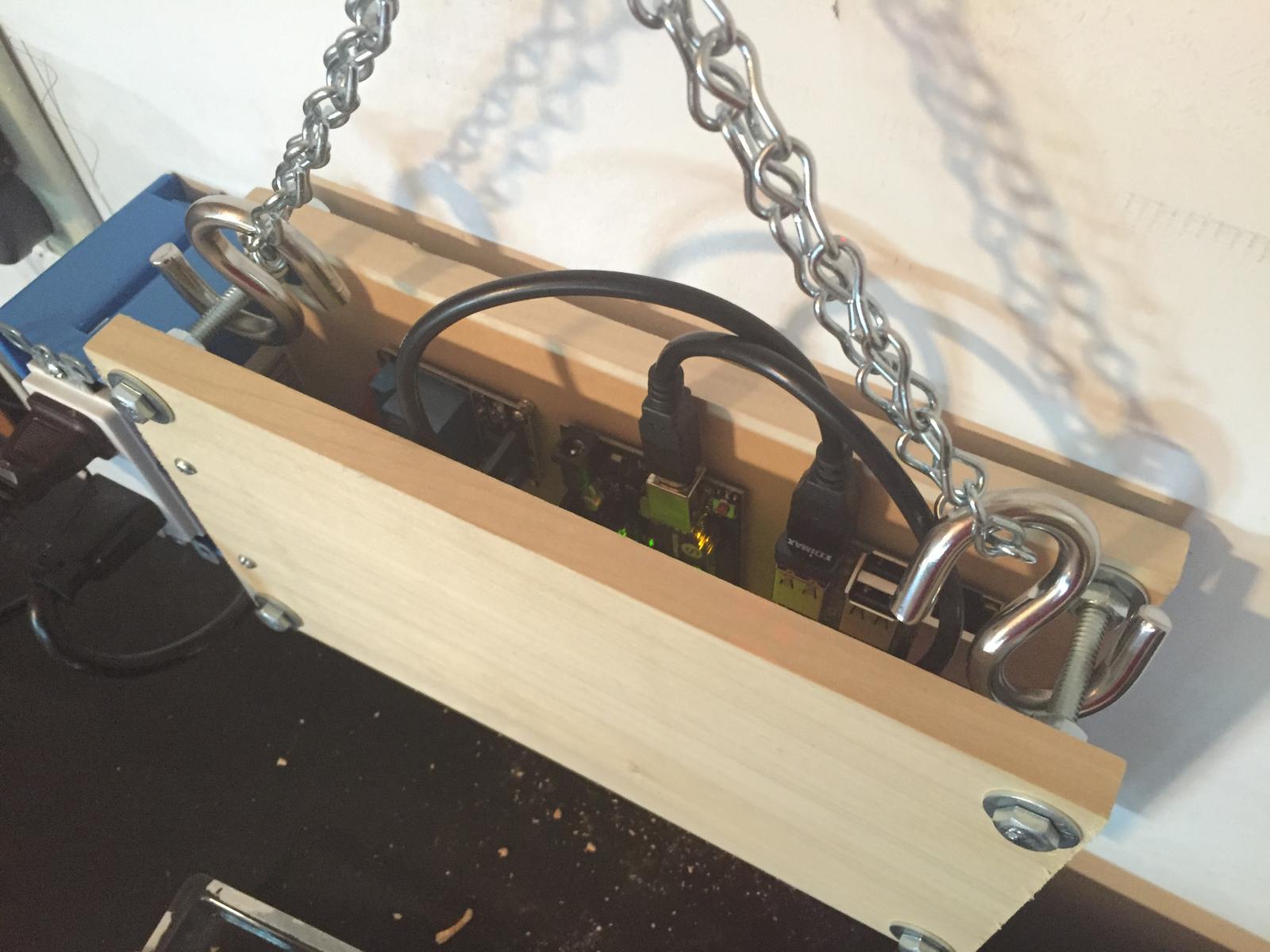Ok ladies, someone tell me how to "calibrate" ds18b20 probes under BrewPi.
I've dug into the Wiki, Googled the hell out of the BrewPi "forums", and what I get out of all of that isn't enough to give me a clue.
I'm looking for something explicit here.
You know, the way I write up stuff, so any knucklehead can get it...
Cheers!
I've dug into the Wiki, Googled the hell out of the BrewPi "forums", and what I get out of all of that isn't enough to give me a clue.
I'm looking for something explicit here.
You know, the way I write up stuff, so any knucklehead can get it...
Cheers!























































![Craft A Brew - Safale S-04 Dry Yeast - Fermentis - English Ale Dry Yeast - For English and American Ales and Hard Apple Ciders - Ingredients for Home Brewing - Beer Making Supplies - [1 Pack]](https://m.media-amazon.com/images/I/41fVGNh6JfL._SL500_.jpg)





